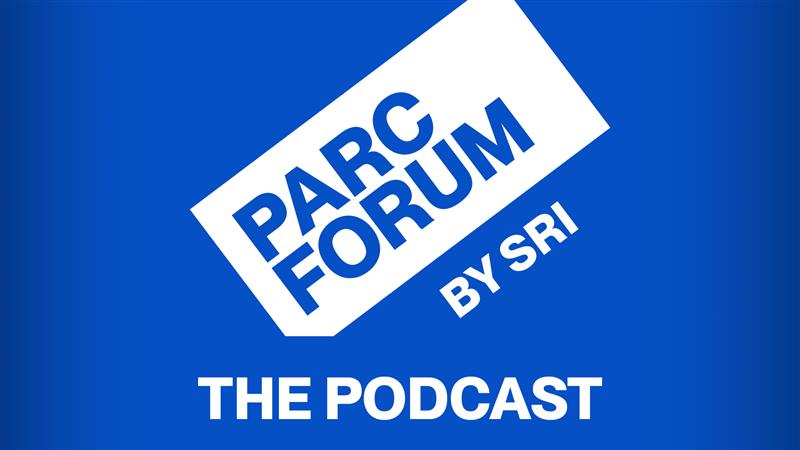Citation
Jeedigunta, S., Xu, Z., Hirai, M., Spagnol, P., & Kumar, A. (2008). Effects of plasma treatments on the nitrogen incorporated nanocrystalline diamond films. Diamond and related materials, 17(12), 1994-1997.
Abstract
The nitrogen incorporated nanocrystalline diamond (NCD) films were grown on n-silicon (100) substrates by microwave plasma enhanced chemical vapor deposition (MPECVD) using CH4/Ar/N2 gas chemistry. The effect of surface passivation on the properties of NCD films was investigated by hydrogen and nitrogen-plasma treatments. The crystallinity of the NCD films reduced due to the damage induced by the plasma treatments. From the crystallographic data, it was observed that the intensity of (111) peak of the diamond lattice reduced after the films were exposed to the nitrogen plasma. From Raman spectra, it was observed that the relative intensity of the features associated with the transpolyacetylene (TPA) states decreased after hydrogen-plasma treatment, while such change was not observed after nitrogen-plasma treatment. The hydrogen-plasma treatment has reduced the sp2/sp3 ratio due to preferential etching of the graphitic carbon, while this ratio remained same in both as-grown and nitrogen-plasma treated films. The electrical contacts of the as-grown films changed from ohmic to near Schottky after the plasma treatment. The electrical conductivity reduced from ~ 84 ohm– 1 cm− 1 (as-grown) to ~ 10 ohm– 1 cm− 1 after hydrogen-plasma treatment, while the change in the conductivity was insignificant after nitrogen-plasma treatment.


